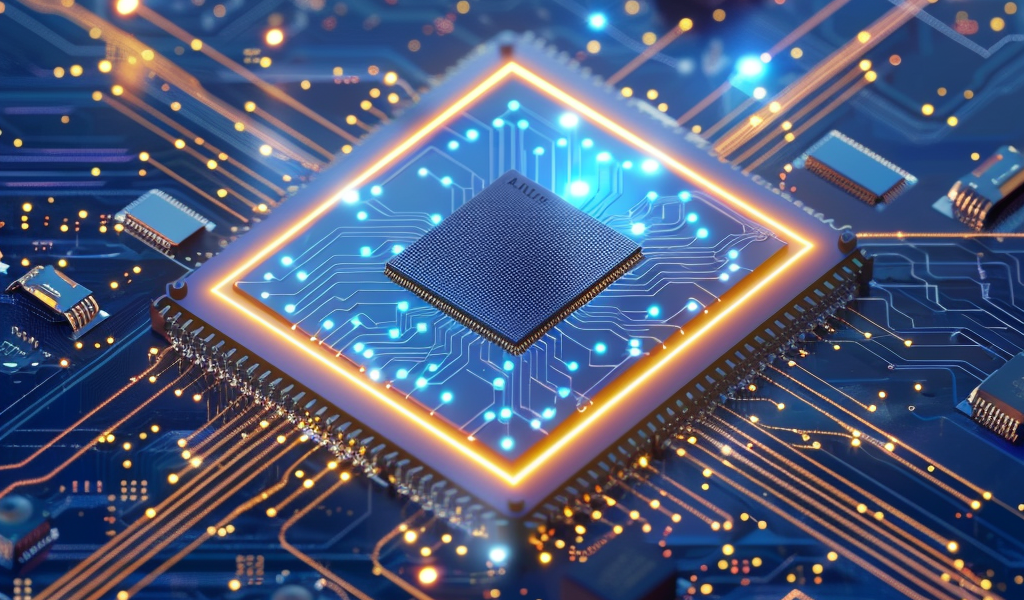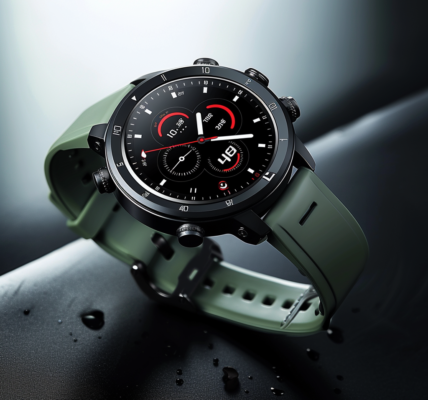Huawei is reportedly set to make significant advancements in its next-generation Kirin CPU, potentially emulating strategies employed by tech giants like Apple and Intel. The new Kirin chip is expected to incorporate a unified memory architecture (UMA), similar to the designs seen in Apple’s M-series silicon and Intel’s Core Ultra Series CPUs. This innovative approach aims to integrate RAM directly into the chip, allowing both the GPU and CPU to access memory more efficiently.
According to a Weibo user known as Fixed Focus Digital, who has a track record of accurate predictions regarding Huawei’s technology, the upcoming Kirin CPU will utilize Taishan V130 cores. This configuration is anticipated to deliver performance comparable to Apple’s M3 chip. The user emphasized that this chip is specifically engineered for AI terminal products, boasting memory bandwidth that is double that of previous PC chips.
Huawei’s journey in the tech industry has been tumultuous, particularly following the imposition of bans and sanctions by the U.S. government due to its ties with Beijing. Once a leading smartphone manufacturer, Huawei faced significant setbacks that forced the company to pivot towards developing its silicon. With limited access to Qualcomm and Intel’s latest chips, as well as advanced chip production facilities like TSMC, Huawei concentrated its efforts on in-house hardware research and development.
As a result, Huawei has successfully produced chips entirely within China, such as the Kirin 9000S, which utilizes 7nm technology from SMIC. However, this shift has led to challenges, as the company’s chips have fallen behind those produced using more advanced manufacturing nodes available to non-sanctioned fabs. For instance, Huawei’s Ascend 910B AI processors have reportedly suffered from poor yields, with approximately 80% of produced chips exhibiting defects.
Despite these hurdles, Fixed Focus Digital provided further insights on Weibo, stating that the performance of local large models and AI inference speeds is heavily influenced by memory bandwidth. The integration of UMA unified memory-DRAM on an integrated circuit substrate is expected to enhance synergistic performance compared to existing chips utilized in Windows environments.
This development could position Huawei to create a chip that competes with Qualcomm’s Snapdragon X processor, which boasts a Neural Processing Unit (NPU) capable of delivering 45 TOPs. However, even if Huawei succeeds in producing a high-performance chip that can rival those from Apple and Qualcomm, questions remain regarding its compatibility with Microsoft’s AI features, particularly the Copilot+ PC branding.
The geopolitical landscape complicates matters further, as American lawmakers are not only focused on preventing advanced hardware from entering China but are also keen on restricting access to American AI code for Chinese companies. This regulatory environment raises uncertainties about Huawei’s ability to fully leverage its technological advancements in the global market.
As the tech industry evolves, Huawei’s moves to innovate within the constraints of international sanctions will be closely monitored. The potential impact of the next-generation Kirin CPU on the competitive landscape of AI and mobile processing remains to be seen, as the company navigates a complex interplay of technological ambition and geopolitical challenges.





